


Our team sorts through all blog submissions to place them in the categories they fit the most - meaning it's never been simpler to gain advice and new knowledge for topics most important for you. This is why we have created this straight-forward guide to help you navigate our system.
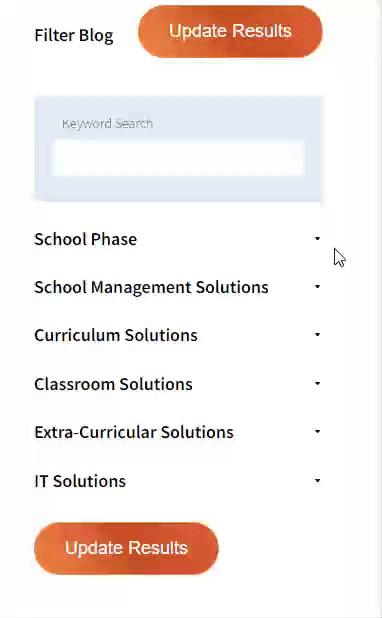

And there you have it! Now your collection of blogs are catered to your chosen topics and are ready for you to explore. Plus, if you frequently return to the same categories you can bookmark your current URL and we will save your choices on return. Happy Reading!
When children finish a school year and return in September, they are often expected to work at a higher level with little preparation. Adam discusses how he is preparing his students while supporting the whole class.

Back in October, I attended a course based on the research carried out by Professor Graham Donaldson. There is currently a curriculum reform in Wales and it has definitely come at the right time. The course was entitled ‘What Enhanced Provision Looks like in Key Stage Two’ and was facilitated by a former Deputy Headteacher named Cath Delve. In my opinion she is an expert in Foundation Phase teaching and spoke passionately about the enhanced provision model being adopted in Key Stage Two.
Having taught Foundation Phase I already had a good understanding of what enhanced provision entailed and was already on board. It seemed like an exciting new challenge. A way of keeping me on my toes and keeping things fresh and interesting. Very often things can become a bit too structured in Key Stage Two and with an every changing modern world it made sense to start offering a bit more freedom, innovation and creativity to learners in KS2.
The way it works is that we will be keeping Maths and Language the same in the mornings (whole class teaching) to ensure pace and coverage but will be splitting up into groups in the afternoon when we teach Science, Humanities and creative subjects. One third of the class will work as a focused task or in a bubble as we’re aiming to call it. Another group will be working on reinforcement activities with a Teaching Assistant, for example, extra grammar work or catch up Maths while the third group will be on enhanced provision or missions! I am in the process of setting up my enhanced provision areas in my classroom and outside in the corridors. Each area will have a quirky title, for example, ‘Launch into Literacy’ and will be centred;z around a space theme for now but this may change year on year. So far I have a Literacy and Numeracy area set up and will be adding a creative and ICT area after Christmas.
The aim of enhanced provision in Key Stage Two is to aid the smooth transition from Foundation Phase into Key Stage Two. On the course the penny dropped for me when the facilitator mentioned about children moving up a year group. They go from say Year 2 in July to Year 3 in September. That only makes them 6 weeks older yet we still expect them to adopt new routines and to sit and work through whole sessions often independently. It’s almost like an old fashioned Infant and Junior school where they are run as two separate schools. It doesn’t make sense. What we are also aiming, by adopting this model in Key Stage Two, that there will be consistency throughout the school with the same names in areas, same number of children working in each area and similar routines across the school.
To say I’m prepared for it would be a bit of a lie as I’m trying to find any minute of the day setting up the areas and making resources so that they are ready to start after Christmas. I am going to count this as action research so I am going to start off small, as in start a group in one for two areas and then build up to letting them go off completely independent. I am confident that once this has been introduced and properly embedded it will run smoothly and next year when Year 2 move up it will be even smoother as they will be used to working in small groups independently and completing tasks in the enhanced areas.
I hope that this way of working offers children in Key Stage Two more choice, creativity and a chance to shine holistically!

The author

Read more
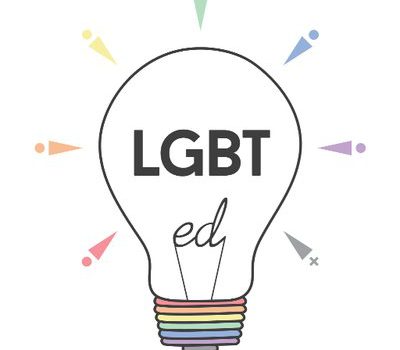
Read more

Read more
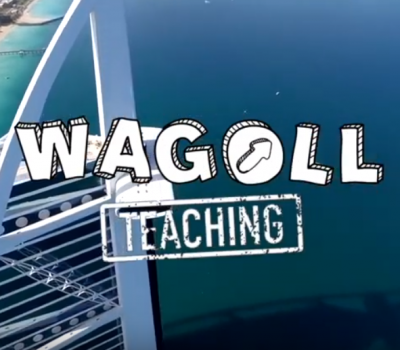
Read more

Read more

Read more
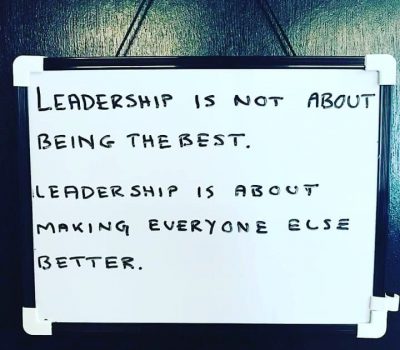
Read more
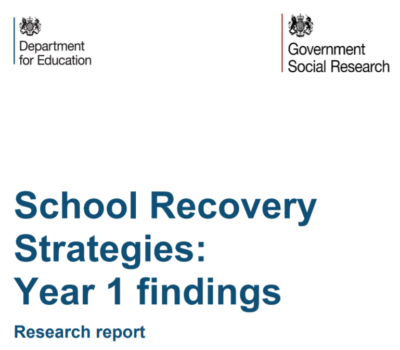
Read more


Are you looking for solutions? Let us help fund them! Nexus Education is a community of over 11,000 schools that come together to share best practise, ideas and CPD via online channels and free to attend events. Nexus also offers funding to all school groups in the UK via nexus-education.com


Established in 2011, One Education is a company at the heart of the education world, supporting over 600 schools and academies. Our unique appeal as a provider is in the breadth and synergy of the services we offer, supporting school leaders, teachers and support staff to achieve the best possible outcomes for their pupils and staff.

School Space is a social enterprise that has empowered schools for over 12 years through their profitable and hassle-free lettings services. So far, they’ve generated over £5 million in revenue for education, helping to connect over 200 schools with their local communities.


Unify is an online sales and marketing tool that allows users to create tailored personalised documents in moments.


There’s nothing special about the energy we sell. In fact, it’s exactly the same energy as all our competitors provide. But there is something special about the way we do it. Where others complicate the process, we simplify it. Where others confuse customers with hidden terms, we’re an open book. And where others do all they can to make as much money from their customers as possible, we do all we can to make as little. Everything we do, we do it differently. Our customers are a privilege. One we’ll never take advantage of.


Securus provide market-leading monitoring solutions to safeguard students on ALL devices both online and offline. We also offer a full monitoring service, where we carry out the monitoring on behalf of the school, freeing up valuable staff resources. From the smallest school to large MAT groups, Securus offers safeguarding protection for all!


Bodet Time offers dedicated solutions to education through lockdown alerts, class change systems, PA and synchronised clock systems. Improving time efficiency of the working and school day; ensuring safety through lockdown alerts; increasing communication with customised broadcast alerts.


Robotical makes Marty the Robot - a walking, dancing coding robot that makes programming fun and engaging for learners as young as 5. Our robots come with a full Learning Platform that has complete teaching resources, to make lesson planning a breeze.